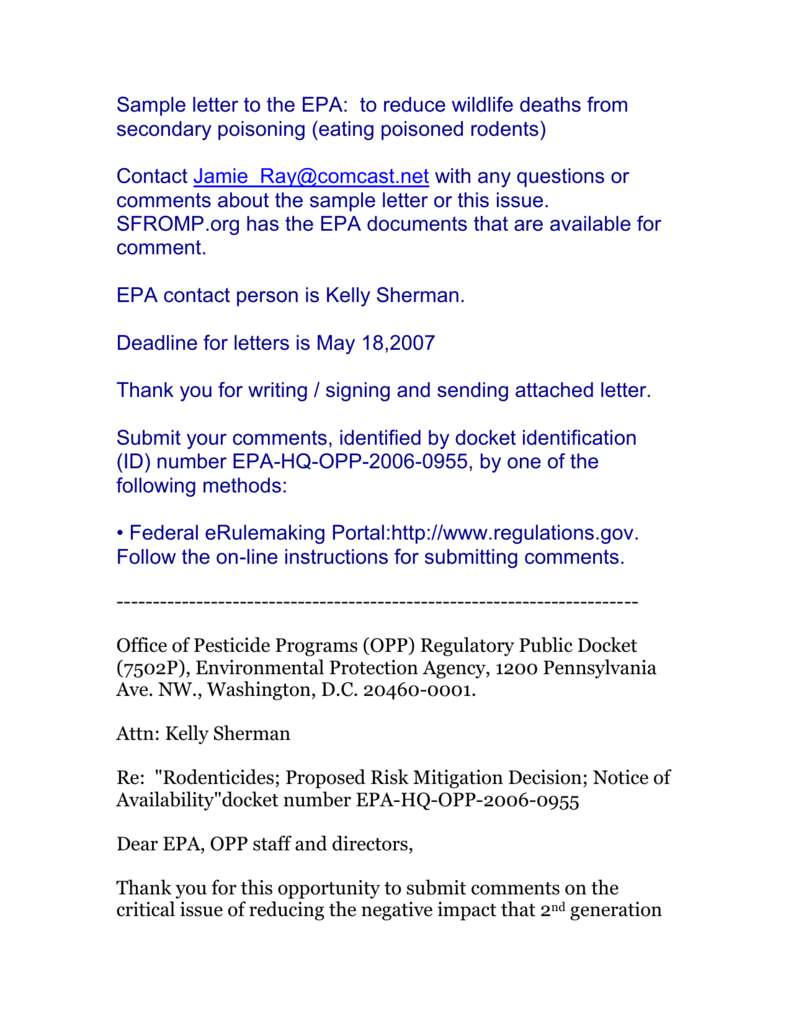The Biopesticides and Pollution Prevention Division (BPPD) is responsible for all regulatory activities associated with biologically-based pesticides. BPPD activities also include work to reduce pesticide risks by promoting integrated pest management and coordinating the Pesticide Environmental Stewardship Program. Office of Pesticide Programs Organizational Chart. Current as of January 11, 2017. Registration Division. Mike Goodis, Director, Dan Rosenblatt, Deputy Director, Meredith Laws, Associate Director. Pesticide Re-evaluation Division. Yu-Ting Guilaran, Director, Charles 'Billy' Smith, Acting Associate Director.
Related Information
OCSPP Press Releases
What We Do

Using sound science as a compass, OCSPP’s mission is to protect you, your family, and the environment from potential risks from pesticides and toxic chemicals. Through innovative partnerships and collaboration, we also work to prevent pollution before it begins. This reduces waste, saves energy and natural resources, and leaves our homes, schools and workplaces cleaner and safer. OCSPP implements the:
- Federal Insecticide, Fungicide, and Rodenticide Act (FIFRA),
- Federal Food, Drug and Cosmetic Act (FFDCA),
- Toxic Substances Control Act (TSCA),
- Pollution Prevention Act, and
- portions of other statutes (see below).
Documents Related to Our Mission
Organization
- Phone: (202) 564-1931
- Mail code: 7101M | EPA mailing addresses
- Phone: (202) 564-5489
- Mail code: 7101M | EPA mailing addresses
- Phone: (202) 564-2910
- Mail code: 7101M | EPA mailing addresses
Office of Pesticide Programs (OPP)
Related Information
- Our laboratories:
Epa Office Of Pesticide Programs Opportunity
What We Do
OPP regulates the manufacture and use of all pesticides (including insecticides, herbicides, rodenticides, disinfectants, sanitizers and more) in the United States and establishes maximum levels for pesticide residues in food, thereby safeguarding the nation's food supply. EPA has expanded public access to information about risk assessment and risk management actions to help increase transparency of decision making and facilitate consultation with the public and affected stakeholders.
In addition to our regulatory functions, we provide information and coordinate with partners and stakeholders on issues ranging from worker protection to misuse of pesticides. We participate in a variety of partnerships related to pesticide use, including the Pesticide Environmental Stewardship Program, a voluntary private and public partnership dedicated to reducing pesticide use and risk, and Integrated Pest Management in Schools.
OPP implements:
- the Federal Insecticide, Fungicide, and Rodenticide Act (FIFRA)
- the Pesticide Registration Improvement Extension Act (PRIA 4)
- and key parts of the
- Federal Food, Drug, and Cosmetic Act (FFDCA), and
Programs and projects managed by the Office of Pesticide Programs
Mail code: 7501P | EPA mailing addresses
Location: EPA Headquarters at Potomac Yard South in Arlington, Virginia | Visiting OPP
OPP Organization
Edward Messina, Acting Director
- Phone: 703-347-0209
Michael Goodis, Acting Deputy Director of Programs
- Phone: 703-308-8157
Arnold Layne, Deputy Director for Management
- Phone: 202-564-0758
Antimicrobials Division
- Anita Pease, Director
- Phone: 703-305-0392
Biological and Economic Analysis Division

- Kimberly Nesci, Acting Director
- Phone: 703-308-8200
Biopesticides and Pollution Prevention
- Charles Smith, Acting Director
- Phone: 703-308-8712
Environmental Fate and Effects Division
- Jan Matuszko, Acting Director
- Phone: 703-347-8259
Health Effects Division
- Dana Vogel, Division Director
- Phone: 703-305-0874
Pesticide Re-evaluation Division
- Elissa Reaves, Acting Division Director
- Phone: 703-305-0312
Registration Division
- Marietta Echeverria, Acting Division Director
- Phone: 703-305-8578
Further details about OPP's current management team and structure are found in EPA's Pesticide Contacts web area.
Office of Pollution Prevention and Toxics (OPPT)
Related Information
- Find information on:
What We Do
OPPT manages programs under the Toxic Substances Control Act and the Pollution Prevention Act. Under these laws, EPA evaluates new and existing chemicals and their risks, and finds ways to prevent or reduce pollution before it gets into the environment. We also manage a variety of environmental stewardship programs that encourage companies to reduce and prevent pollution. OPPT implements the Toxic Substances Control Act (TSCA), the Pollution Prevention Act and Section 313 of the Emergency Planning and Community Right-to-Know Act.
Programs and projects managed by the Office of Pollution Prevention and Toxics
- Safer Choice (formerly Design for the Environment)
Mail code: 7401M | EPA mailing addresses
Location: EPA Headquarters at Washington, D.C. Federal Triangle campus
OPPT Organization
- Phone: (202) 564-3810
- Phone: (202) 564-3810
- Phone: (202) 564-3810
Data Gathering and Analysis Division
- David Widawsky, Director
- Phone: (202) 564-8770
Existing Chemicals Risk Assessment Division
- Andrew Gillespie, Acting Director
Existing Chemicals Risk Management Division
- Brian Symmes, Acting Director
- Phone: (202) 564-8800
New Chemicals Division
- Madison Le, Director
- Phone: (202) 566-5754
Project Mangement and Operations Division
- Pamela Myrick, Director
- Phone: (202) 564-8170
Office of Program Support (OPS)
What We Do
OPS is responsible for supporting OCSPP administrative programs, including budget, financial management, human resources, information technology, information management, and correspondence management, and is responsible for providing program support services related to rulemaking, peer review, international and intergovernmental relations, and communications.
Programs and projects managed by the Office of Program Support
- TSCA Peer Review Committees
Mail code: 7201M | EPA mailing addresses
Location: EPA Headquarters at Washington, D.C. Federal Triangle campus
OPS Organization
- Phone: 202-564-5489
Epa Pesticide Contacts
Information Technology and Resources Management Division
- Delores Barber, Director
- Phone: 703-347-8741
Mission Support Division
- Jackie Mosby, Director
- Phone: 703-308-2226
Communication Services and Information Division
Epa Opp Org Chart
- Lynn Vendinello, Director
- Phone: 202-566-0514
